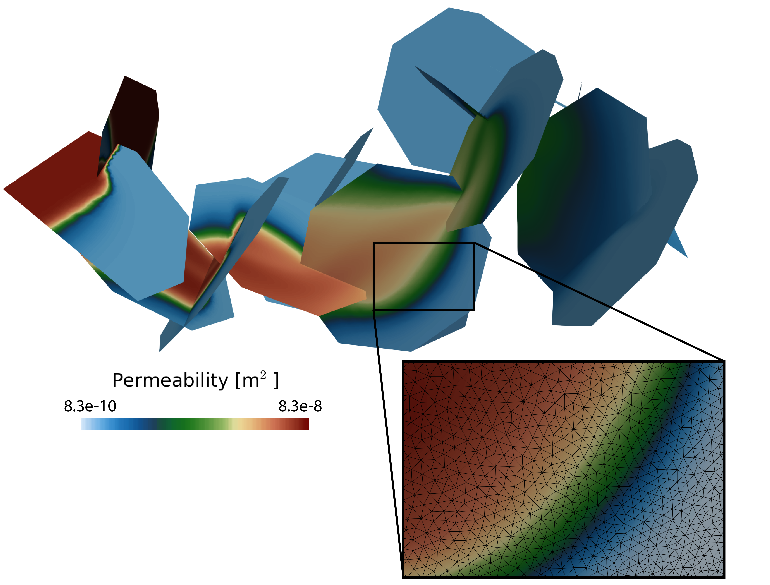Photosynthetic Systems
This research activity supports basic research on the capture of solar energy and its conversion to chemical energy by natural photosynthesis. Photosynthetic processes of interest include light harvesting, electron and proton transfers at multiple scales, the biochemistry of carbon dioxide reduction and storage, and the self-assembly and self-repair of photosynthetic proteins, complexes, and membranes. Research at intersections between the biological and physical sciences is encouraged. Examples include the control of energy flow through large molecular systems to produce highly efficient charge separations and chemical reductions, the structural and mechanistic features of enzymes and other functional proteins associated with photosynthesis, and the nature of self-regulation and self-repair in naturally-occurring photosynthetic protein complexes and membranes.
The impact of research in this area comes from using the knowledge of underlying structure-function relationships in natural photosynthetic systems and their dynamic processes as a guide for development of robust artificial (bio-inspired), biomimetic and bio-hybrid systems and components for conversion of solar energy into electricity or chemical fuels. Such knowledge can serve as the foundation for new technologies that exploit the precision and efficiencies of photosynthetic energy conversions in nature to develop solar energy as an efficient, renewable energy source.
To obtain more information about this research area, please see the proceedings of our Principal Investigators' Meetings. To better understand how this research area fits within the Department of Energy's Office of Science, please refer to the Basic Energy Science's organization chart and budget request.
For more information about this research area, please contact Dr. Stephen Herbert.



